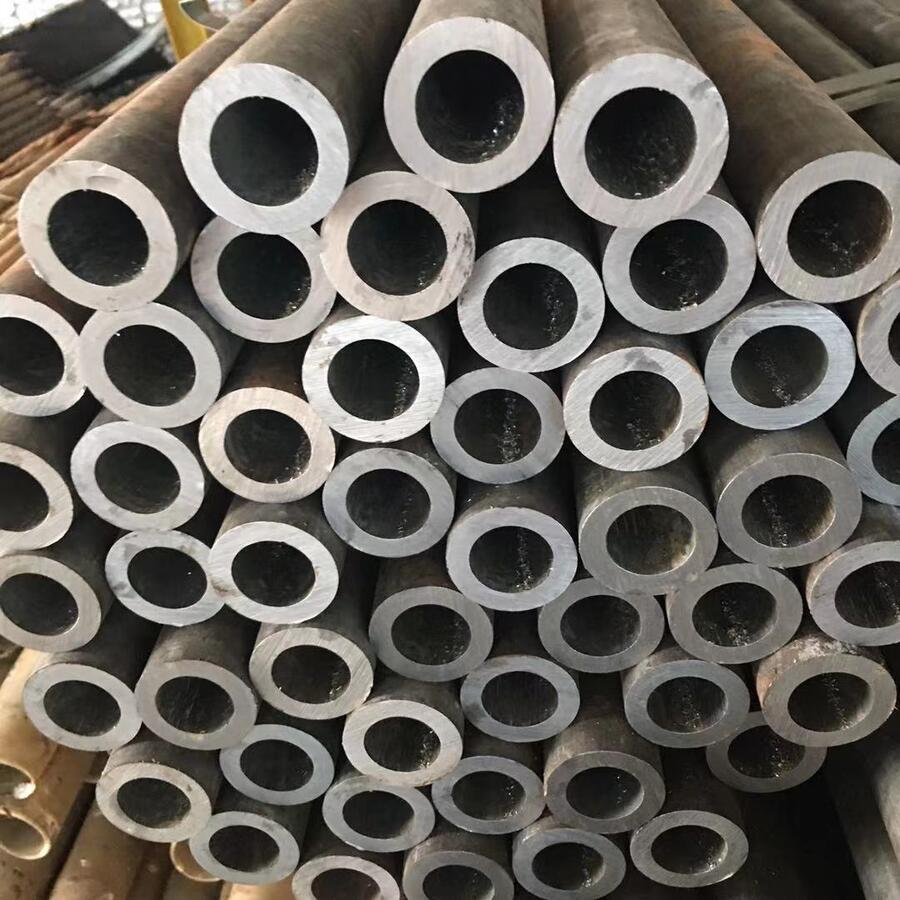Introduction to Steel Production Lines
The steel production line is a crucial component of the manufacturing industry, responsible for converting raw materials into high-quality steel products. This process involves several stages, including melting, casting, rolling, and finishing. Understanding the intricacies of a steel production line is essential for anyone involved in the industry, from engineers to business owners.
Components of a Steel Production Line
A typical steel production line consists of several key components:
- Electric Arc Furnace (EAF): Used for melting scrap steel and producing liquid steel.
- Continuous Casting Machine: Converts liquid steel into solid slabs or billets.
- Hot Rolling Mill: Processes the solid steel into various shapes and sizes.
- Finishing Mill: Further refines the steel products to meet specific standards.
The Steel Production Process
The steel production process can be broken down into several stages:
- Melting: Scrap steel is melted in the electric arc furnace, reaching temperatures of around 1,600°C.
- Casting: The molten steel is poured into molds to form slabs or billets.
- Rolling: The solidified steel is passed through rollers to achieve the desired thickness and shape.
- Finishing: The final products are treated and inspected to ensure they meet quality standards.
Technical Specifications of Steel Production Lines
Understanding the technical specifications of a steel production line is vital for optimizing performance and efficiency. Below is a detailed table showcasing various parameters associated with steel production lines:
| Parameter | Description | Typical Value |
|---|---|---|
| Production Capacity | Amount of steel produced per hour | 100-300 tons/hour |
| Melting Temperature | Temperature required to melt steel | 1,600°C |
| Power Consumption | Energy required for the electric arc furnace | 400-600 kWh/ton |
| Water Consumption | Water used for cooling processes | 1-2 m³/ton |
| Production Line Length | Length of the entire production line | 200-500 meters |
| Number of Stands | Number of rolling stands in the mill | 6-12 stands |
| Thickness Range | Thickness of the final steel products | 1-25 mm |
| Width Range | Width of the final steel products | 100-2000 mm |
| Cooling Method | Method used for cooling steel products | Water spray or air cooling |
| Quality Control Standards | Standards for inspecting steel quality | ISO 9001, ASTM |
Advantages of Modern Steel Production Lines
Modern steel production lines incorporate advanced technologies that enhance efficiency and reduce environmental impact. Some notable advantages include:
- Increased Efficiency: Automation and real-time monitoring systems optimize production processes.
- Reduced Waste: Advanced recycling techniques minimize scrap and waste materials.
- Improved Quality: Continuous quality control ensures that products meet stringent standards.
- Lower Energy Consumption: Innovative technologies reduce the overall energy required for production.
Conclusion
In conclusion, the steel production line is a complex system that plays a vital role in the manufacturing industry. Understanding its components, processes, and technical specifications is essential for optimizing production and ensuring high-quality steel products. As technology continues to advance, the efficiency and sustainability of steel production lines will only improve, paving the way for a more environmentally friendly future.
Further Reading
For more information on steel production lines and related equipment, consider visiting HANI TECH for hot rolling mills and auxiliary equipment, or HANI TECH Metallurgy for melting furnaces and their components.




